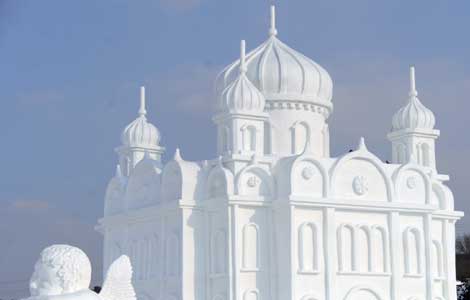Homeward-bound Buddhas
Updated: 2014-01-16 10:26
By Han Bingbin (China Daily)
|
||||||||
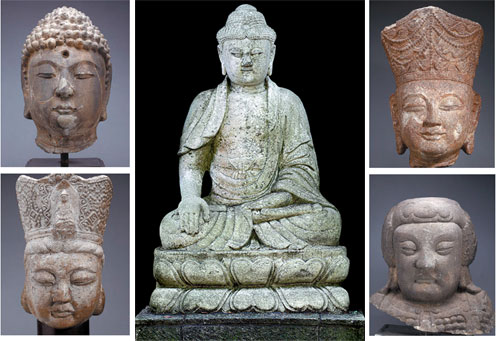 |
|
A 574-year-old Buddha statue, donated by Taiwan collector Andy Yeh, returns to its hometown in Zhengyang county, Henan province. Yeh's donation also includes Buddha heads, dating from the 6th to the 20th centuries, that are currently in Tianjin. Photos Provided to China Daily |
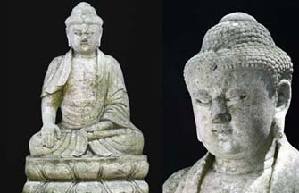 |
A Buddha-head collector in Taiwan has donated all his trophies to the Chinese mainland. This is the third time that such religious cultural relics are returning home. Han Bingbin traces the history.
Thirty years ago on a Taipei street known for antique sales, Andy Yeh had his epiphany moment when he saw the rain had tarnished the sacred face of a stone-carved Buddha head among the items on the roadside. It was a scene that Yeh, a Buddhist, immediately interpreted as "Buddha is suffering a catastrophe". He bought the head, kicking off his decades-long collection of Buddha statues to "save them from suffering".
During his visits to the Chinese mainland in the past few years, Yeh, who is the central advisory committee member of the Kuo-mintang party, has felt sad that many Buddha statues remain missing, with a majority scattered overseas. He says nothing is worse than being homeless. He decided to donate all his collections to the mainland, hoping his action would bring about the repatriation of more cultural relics.
In early 2013, Yeh's 32 Buddha statues, consisting of 23 heads and nine complete figures, found their new home in Wuqing district of Tianjin. The oldest of them traces back to the Northern Qi Dynasty (AD 550-577), while the latest belonged to the Qing Dynasty (1644-1911).
|
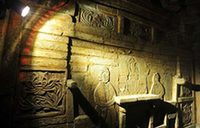 |
|
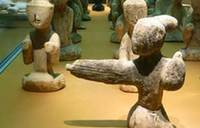 |
|
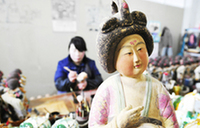 |
Before Yeh chose Wuqing, he spoke to senior officials of many cities, all of whom promised a safe home for his statues. Wuqing is the only place that touched him by promising to find the hometowns of these statues, especially those Buddha heads without bodies.
A joint collaboration by archaeologists from both sides of the Straits resulted in the return of a 574-year-old white marble Buddha statue, weighing 760 kilograms, to Zhengyang county in Central China's Henan province last July. Another 420-kg statue, from the Tang Dynasty (AD 618-907) during the reign of Empress Wu Zetian (AD 625-705), is expected to return to Hefei, capital of Anhui province, in March.
Unlike Buddha statues in grottoes, which tend to show unique artistic features, it is difficult to identify the exact root of these temple statues, especially those without inscriptions, says one of the identification experts, Jin Shen. He says archaeologists are only able to gauge the statues' rough identity, which points to their general place and time period of origin.
As part of the homeward-bound campaign, according to Wang Lan of the Wuqing administration, they've been working with regional media to call upon the public for possible clues, through which they have already collected more than 200 pieces of information. Meanwhile, they have established a website, displaying the photos of the statues in the hope of gathering global responses.
These Buddha statues, like many other cultural relics, were smuggled overseas, mostly during wartime. From the late Qing Dynasty to the beginning of the Republic of China (1911-49) when the country started to suffer massive foreign intrusions, cultural relics were hauled from the country "in sacks and cars", according to Taiwan-based historian Lin Pao-yao who participated in the identification process.

 Gorgeous Liu Tao poses for COSMO magazine
Gorgeous Liu Tao poses for COSMO magazine
 Post-baby Duchess
Post-baby Duchess
 Victoria Beckham S/S 2014 presented during NYFW
Victoria Beckham S/S 2014 presented during NYFW
 'Despicable' minions upset Depp's 'Lone Ranger' at box office
'Despicable' minions upset Depp's 'Lone Ranger' at box office
 'Taken 2' grabs movie box office crown
'Taken 2' grabs movie box office crown
 Rihanna's 'Diamonds' tops UK pop chart
Rihanna's 'Diamonds' tops UK pop chart
 Fans get look at vintage Rolling Stones
Fans get look at vintage Rolling Stones
 Celebrities attend Power of Women event
Celebrities attend Power of Women event
Most Viewed
Editor's Picks
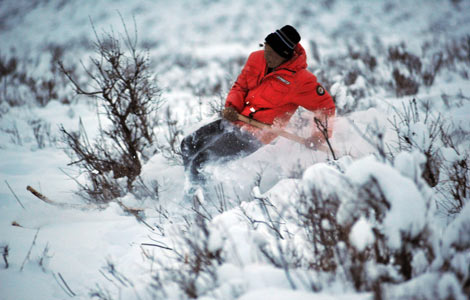
|
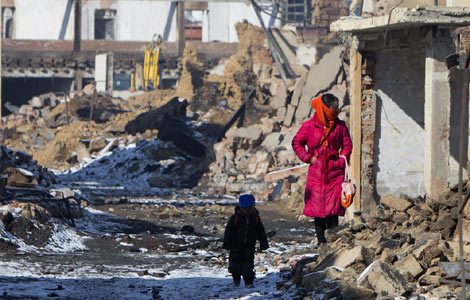
|
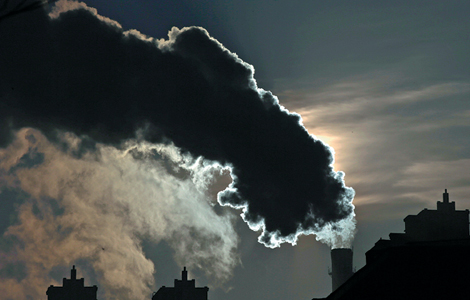
|
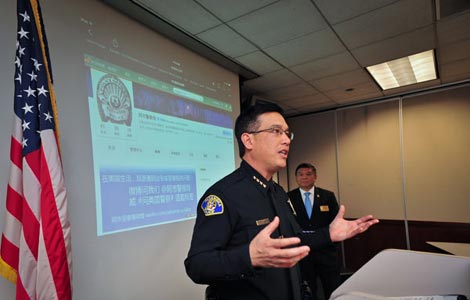
|

|
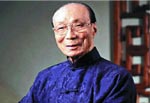
|
Today's Top News
Majoring in anti-money laundering
China's airlines ready for rush
Draft law: Clean up air or pay fine
Park venues targeted in corruption drive
IMF faults Congress' budget
Year of the Horse stamp issued
China seeks to calm US fears over missile
Doubt on Tokyo's diplomatic push
US Weekly

|

|



